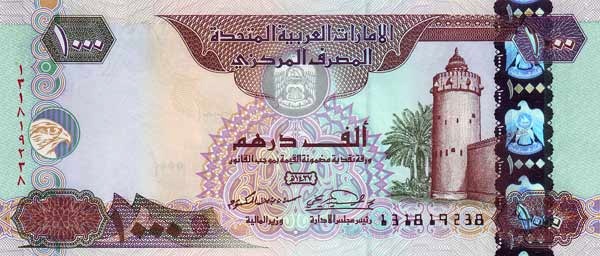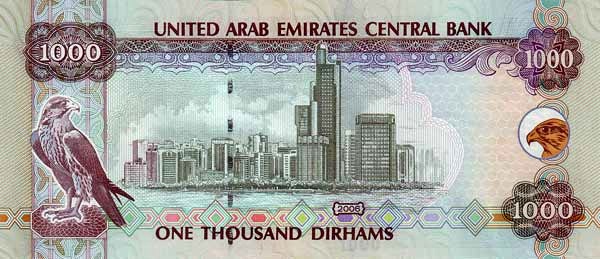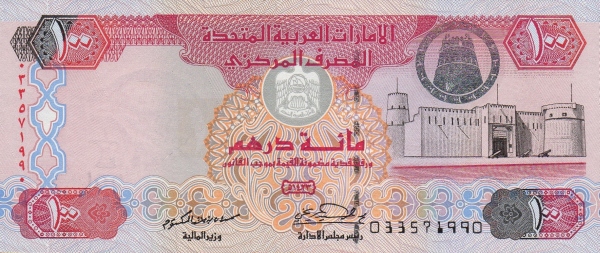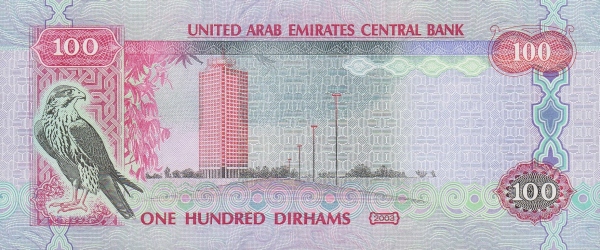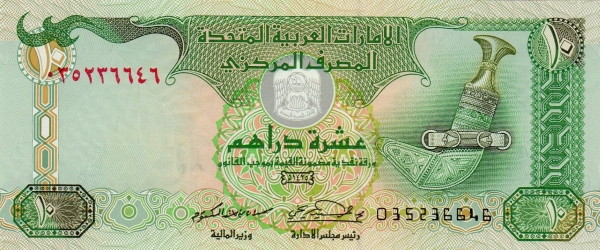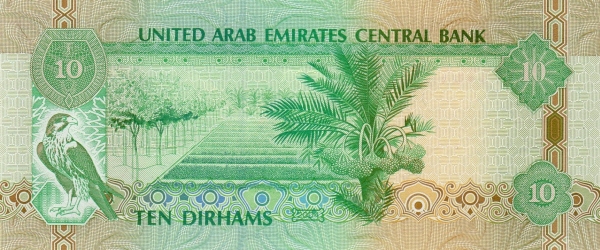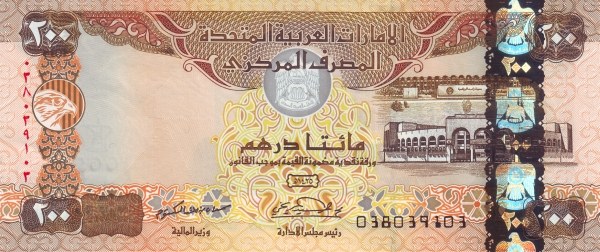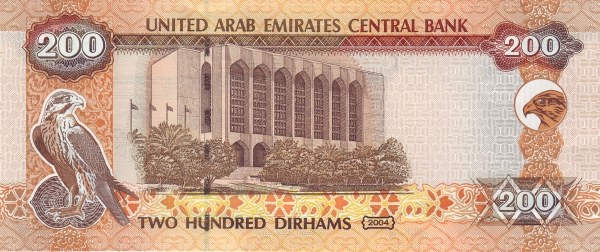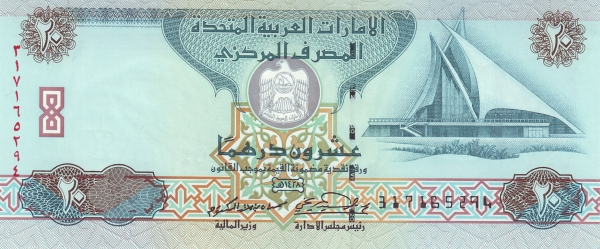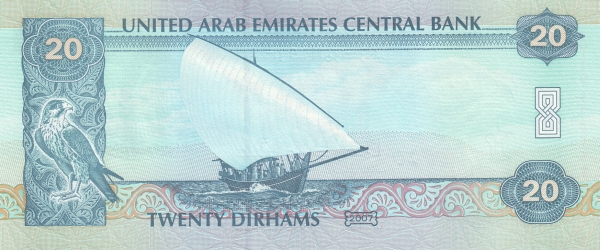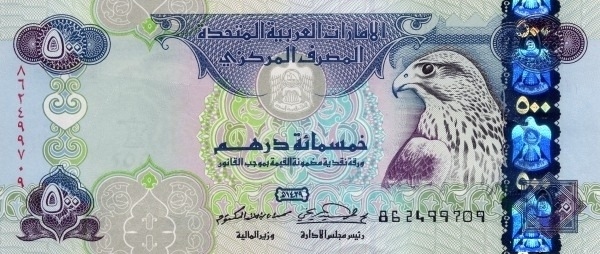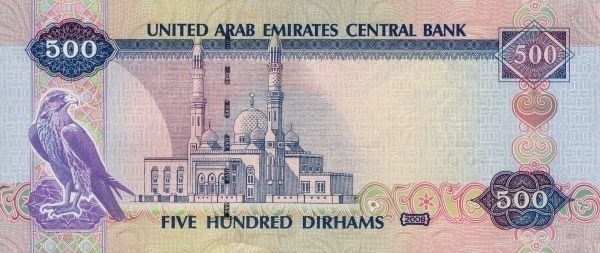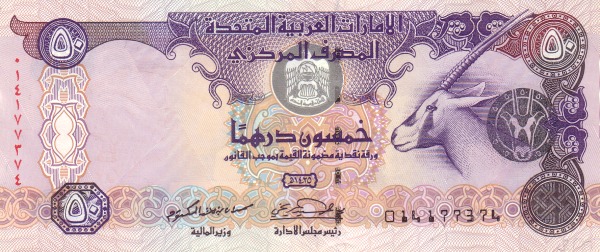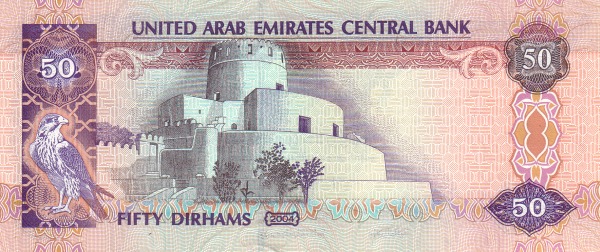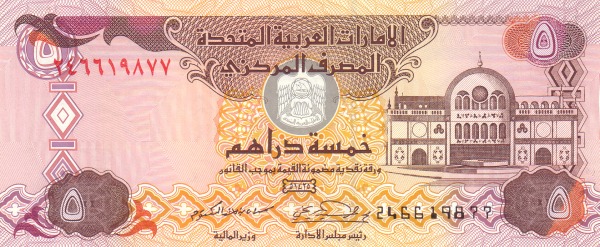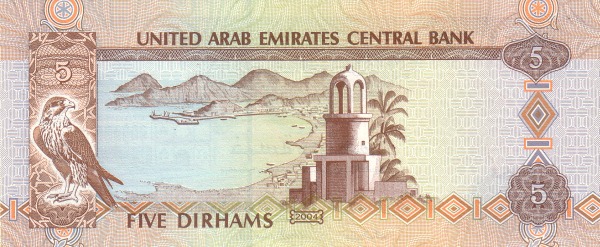Exploring the United Arab Emirates
The United Arab Emirates (UAE), often referred to simply as the Emirates, stands out as a vibrant federation composed of seven emirates. These emirates include Abu Dhabi, Dubai, Sharjah, Ras Al Khaimah, Ajman, Umm Al Quwain, and Fujairah. Nestled on the Arabian Peninsula, the UAE borders the Persian Gulf and the Gulf of Oman. Its geographical richness adds to its allure, boasting striking landscapes of gravel plains and vast sand dunes. Moreover, the urban centers primarily thrive along its stunning coastlines, making the UAE a remarkable destination.
Geography and Borders
Located strategically, the United Arab Emirates shares land borders with Oman and Saudi Arabia. Additionally, it has maritime boundaries with notable countries like Iran and Qatar. Interestingly, there exists a disputed area to the west of Abu Dhabi, raising questions about a potential land border with Qatar. The total area of the UAE spans approximately 83,600 square kilometers. For context, this size is comparable to Austria or slightly smaller than the U.S. state of Maine.
Demographics and Culture
With a population nearing 9.9 million as of 2020, the United Arab Emirates exhibits a diverse demographic, featuring a significant number of expatriates. Remarkably, the male population is nearly double that of females, highlighting the unique social structure within the nation. The capital city, Abu Dhabi, serves as the political heart of the UAE, while Dubai captivates as its largest city. Renowned for its lavish lifestyle, Dubai showcases architectural marvels and a plethora of entertainment options, creating an irresistible environment for both residents and travelers alike.
Architectural Wonders and Attractions
Dubai, a metropolitan haven, boasts some of the world's most extravagant attractions. Notably, the Burj Khalifa, the tallest skyscraper globally, symbolizes modern engineering excellence. Furthermore, the city houses the iconic Palm Jumeirah, a breathtaking example of innovation in artificial island construction. Besides these landmarks, the UAE offers an array of shopping malls, cultural venues, and leisure facilities, creating a paradise for those seeking excitement and luxury. Visitors can indulge in exquisite cuisine, ranging from traditional Emirati dishes to international flavors, making every meal an enticing experience.
Historical Background
The formation of the United Arab Emirates in 1971 marked a pivotal moment in regional history. The former Trucial States of the Persian Gulf coast—comprising Abu Dhabi, Ajman, Fujairah, Sharjah, Dubai, and Umm Al Quwain—came together to establish a unified nation. Ras Al Khaimah subsequently joined in 1972, further solidifying the federation. Today, the UAE ranks as the third-largest oil producer in the Gulf, following Saudi Arabia and Iran. This natural resource has profoundly influenced its rapid economic development and modernization.
Governance of the United Arab Emirates
The political landscape of the United Arab Emirates operates as a federation of seven autonomous emirates, each contributing to the nation's governance. At the helm of this system exists an absolute Islamic monarchy, with the president at the forefront, elected every five years by the Federal Supreme Council. Nonetheless, the role of president customarily resides with the ruler of Abu Dhabi, creating a hereditary aspect to the leadership.
Structure of Government
The Vice President and Prime Minister act as the heads of government, overseeing the daily operations of the state. The Federal Supreme Council, which comprises members from each emirate, functions as the highest legislative and executive body. This unique structure fosters a balance of power and regional representation, ensuring each emirate has a voice in national matters.
Cultural Diversity and Languages
In the United Arab Emirates, the official language is Arabic, reflecting the nation's profound cultural roots. However, residents often communicate in several languages, including English, Persian, Hindi, and Urdu. This linguistic diversity illustrates the melting pot of cultures residing in the UAE, highlighting its inclusive nature. Indeed, the UAE serves as a cultural crossroads, where rich traditions blend seamlessly with modern influences.
Tourism and Economic Growth
Tourism plays a significant role in the UAE's economy, attracting millions of visitors annually. The country's strategic investments in infrastructure, hospitality, and entertainment have established it as a global travel hotspot. Visitors flock to experience the blend of tradition and modernity that defines the UAE. From the bustling souks of Abu Dhabi to the futuristic skyline of Dubai, the attractions are as varied as they are captivating.
Environmental Considerations
While the United Arab Emirates thrives in many areas, it faces significant environmental challenges. The rapid urbanization and extensive construction projects necessitate a balanced approach to sustainable development. The government actively promotes initiatives focusing on renewable energy, water conservation, and wildlife protection. These efforts aim to preserve the natural beauty and ecological integrity of the country while fostering economic growth.
To conclude, the United Arab Emirates represents a fascinating blend of rich traditions, modern innovation, and immense cultural diversity. As it continues to grow and evolve, the UAE remains a beacon of progress in the Arabian Peninsula, attracting individuals seeking adventure, business opportunities, and cultural experiences. Its impact on global tourism, economy, and culture is undeniably profound, making it an essential destination for exploration.
Largest cities of: United Arab Emirates
| City Name | Population | Year of foundation | |
| Dubai | 3,331,420 | 1833 | |
| Abu Dhabi | 1,455,000 | 1761 | |
| Sharjah | 1,210,000 | 672 | |
| Al Ain | 766,000 | circa 3000 B | |
| Ajman | 504,846 | 1980 | |
| Ras al-Khaimah | 345,000 | circa 50 B | |
| Fujairah | 250,000 | 1500 | |
| Umm Al-Quwain | 60,000 | 1775 |
United Arab Emirates: Money
